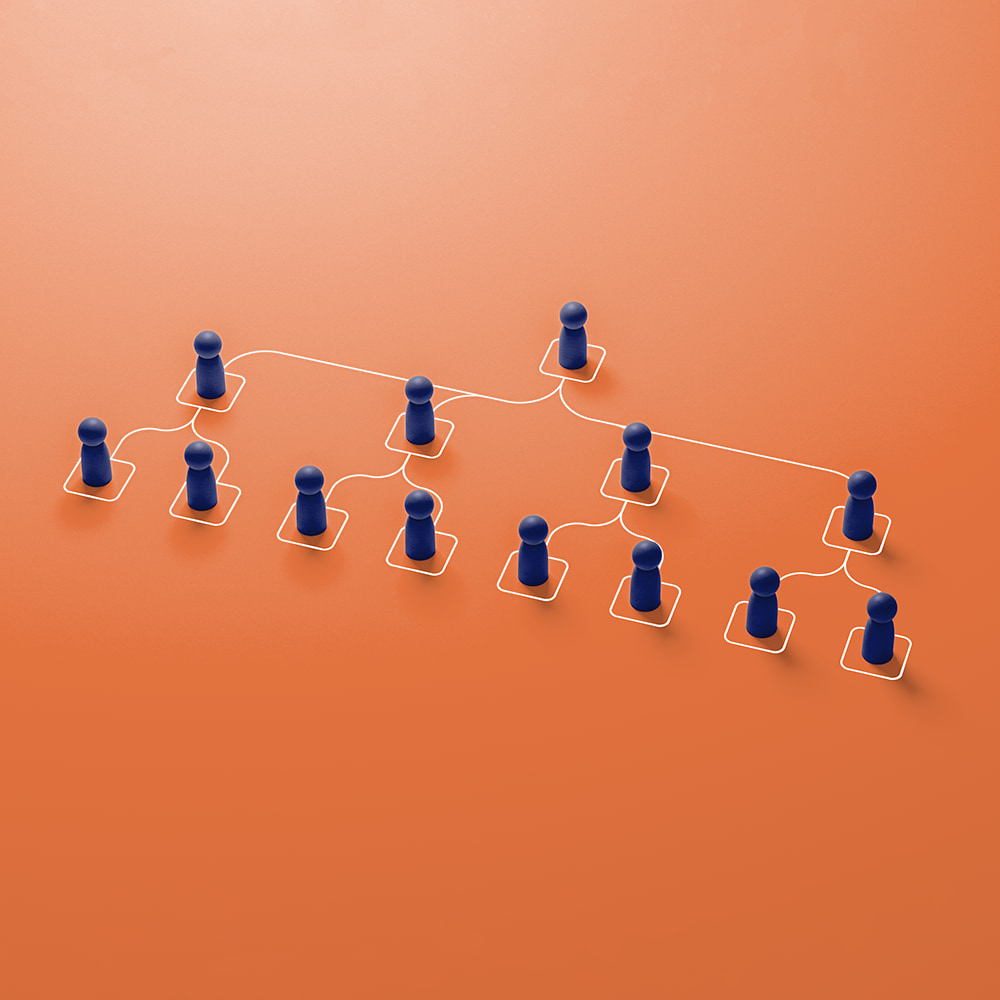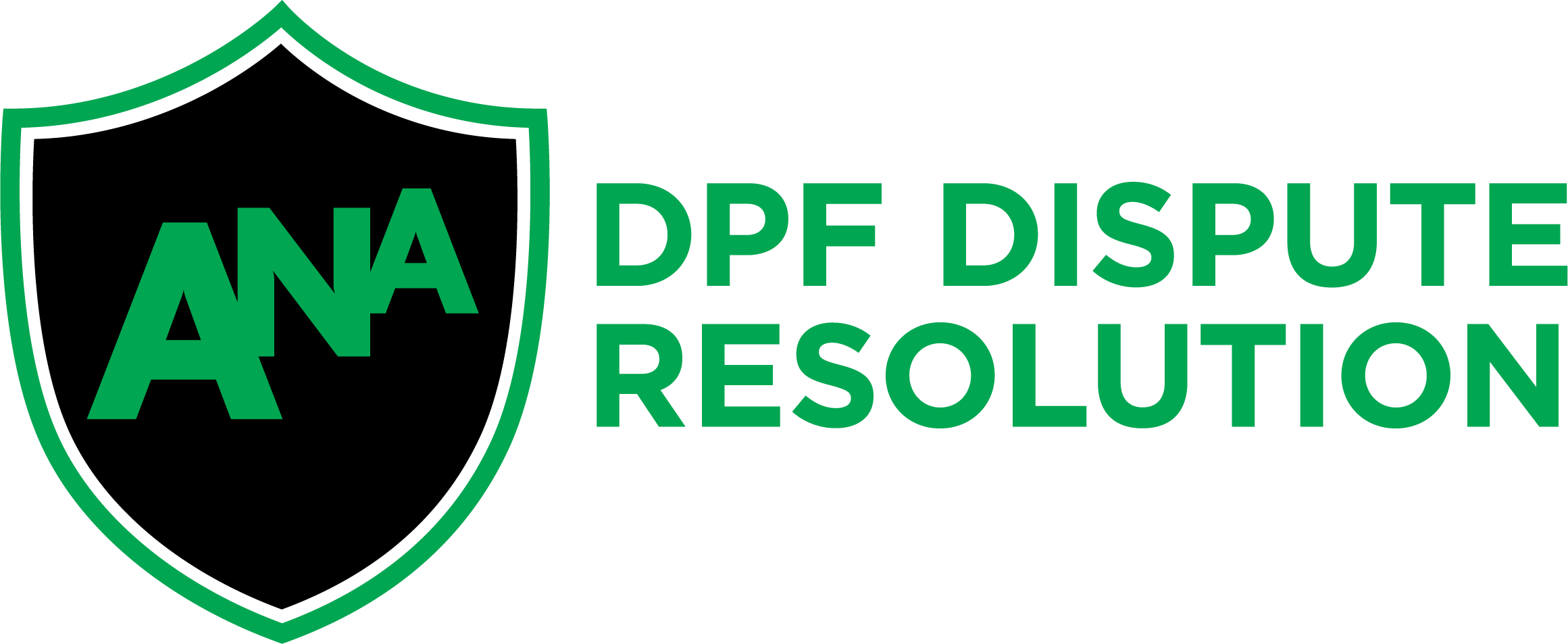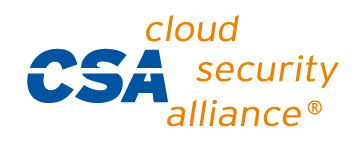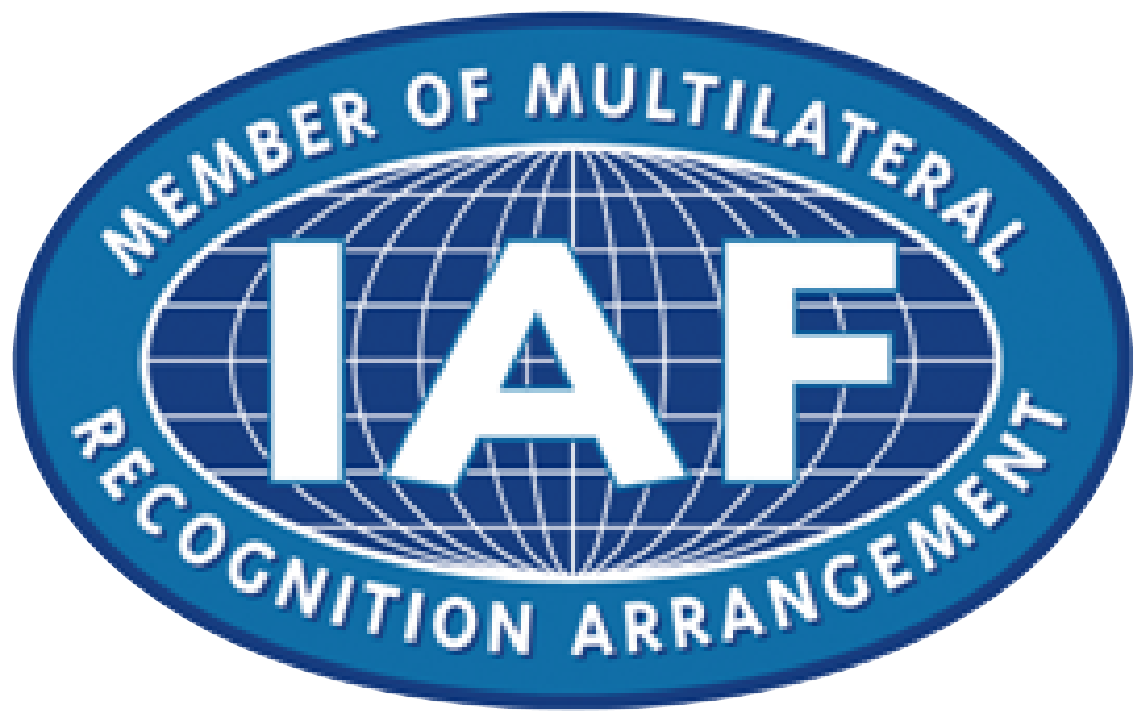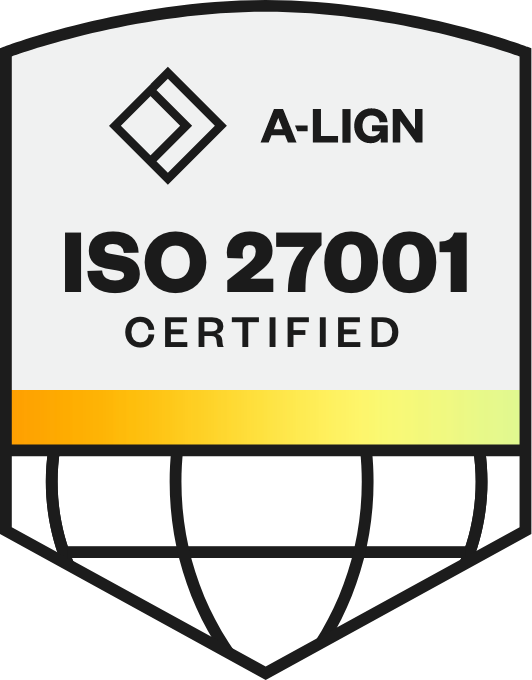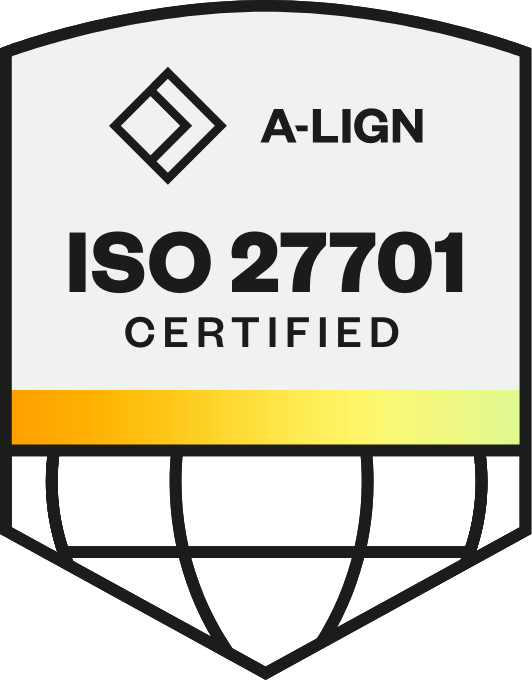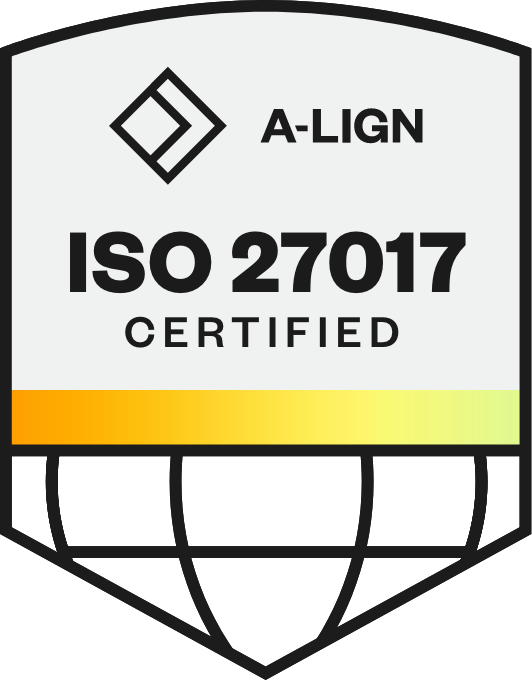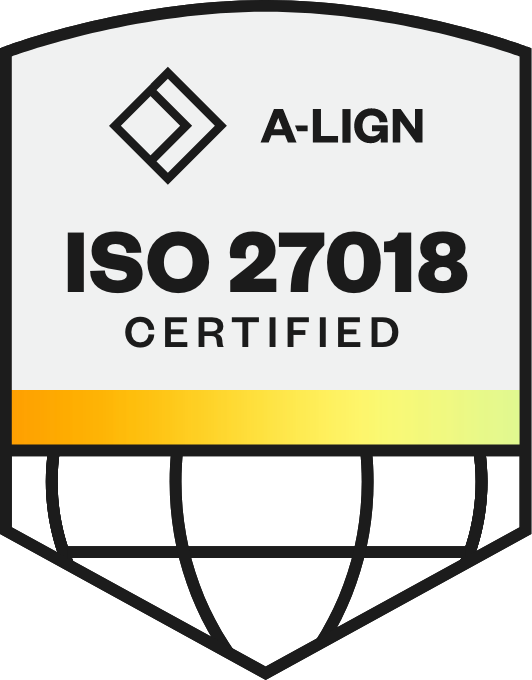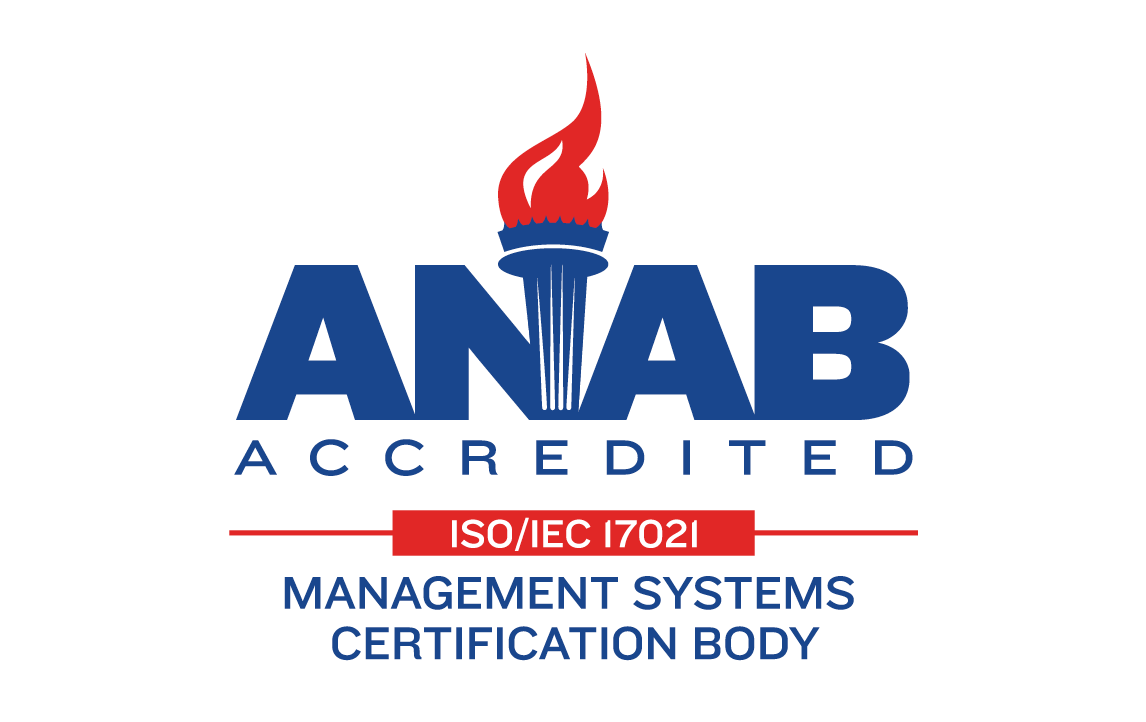
4 Reasons to Attend Customer Obsession Day: Real Stories, Real Solutions
A consistent pattern has emerged across HR technology implementations. Organizations invest significant resources in vendor selection but drastically underinvest in the execution that determines success. The result is a persistent gap between what technology can deliver and what organizations actually achieve. Implementation doesn't end when contracts are signed. Integration requires more cross-functional coordination than initial planning reveals, and adoption may even be longer.
Phenom's annual Customer Obsession Day on October 30th addresses this reality directly. During a recent Talent Experience Live episode, Nyoka Toler and Alison Ebling, both Senior Directors of Global Customer Care at Phenom, discussed what separates successful implementations from those that stall.
Their insights covered everything from the change management curve organizations inevitably face to the practical recovery strategies that turn struggling implementations around — all told through authentic customer experiences.
In this article:
Watch the full episode here or explore why you should attend below!
1. Align Implementation With Business Outcomes
Technology implementations succeed when they connect directly to organizational goals. Customer Obsession Day demonstrates how organizations achieve this alignment through structured phases: foundations, value launch, value expansion, and value maturity.
Last year's Customer Obsession Day marked a pivotal shift from product-centric thinking to customer-centric solutions. Building on that foundation, this year's event looks at the complete journey. "This year we focused on the holistic customer journey — from building the ROI and business use case to buying the technology, implementing it, going live with support, and maturing in the partnership," Toler explained.
The value launch phase receives particular attention, showing how organizations move from signed contracts to operational systems. Customers have seen success when aligning technology goals with broader business objectives through specific 30-60-90 day milestones. " It's partnering and setting those goals early, aligning project goals with organizational goals and the reason you bought it, that leads to success," Toler noted.
These customer successes illustrate proven methods for preventing scope creep and maintaining momentum by connecting implementation decisions back to measurable outcomes. "In chapter two, our launch phase, we call it the crawl, walk, run concept," Toler shared.
This structured framework transforms technology from a vendor-provided product into an organizational solution that is personalized to how teams actually work through CRM-first integration, workshop strategies that tailor platforms to organizational workflows, and boot camp methodologies for engaging business end users early.
2. Learn From Real Integration Challenges
While understanding what works is important, understanding what doesn't work and how organizations recover is just as important. This year's sessions give attendees a look into the full spectrum of implementation stories.
"We try to be transparent. You'll hear from customers who have been with us for a long time and have experienced challenging implementations. You'll also hear from customers who recently onboarded and had phenomenal experiences," Ebling explained.
The event features customers from various industries, including healthcare and financial services, representing a range of company sizes and organizational structures. This diversity is intentional, hoping to highlight experiences that mirror your own challenges.
One session this year features Truist and highlights a common challenge: making ATS changes without full coordination across teams. "One of the biggest problems with support is when you make a change in your ATS without consulting us — sometimes things break," Ebling noted. Rather than presenting a sanitized version of the integration process, speakers from Truist will share exactly what happened and how they rebuilt their change management process to better meet their needs.
This transparency helps organizations understand potential coordination gaps in their own processes and implement preventive measures. During Customer Obsession Day, our focus is centered around providing actionable guidance on communication protocols and cross-functional alignment that helps teams avoid similar bottlenecks. The format acknowledges that adjustments and course corrections represent a normal part of implementation rather than exceptional circumstances.
3. Navigate the Change Management Curve
While technical considerations drive implementation planning, organizational dynamics often determine outcomes. The event addresses the change management realities that many teams underestimate during planning phases.
Implementations typically follow an emotional curve: initial excitement, periods of challenge as teams adapt to new workflows, and eventual breakthroughs as systems become operational. Understanding this pattern helps leaders prepare appropriately.
"It's not just a project plan with an end date. It's a journey with pitfalls along the change management curve. You'll hit that bottom pit, but you will eventually reach the top of the hill," Toler acknowledged.
Related: Implementation Lessons Learned – Building Success Through the Good, the Bad, and the Ugly
Sessions will also address how to maintain leadership commitment and team morale during challenging phases. You'll learn when organizations typically encounter obstacles and what techniques help teams maintain momentum rather than lose focus. This preparation proves valuable because implementations can stall not due to a misunderstanding of the change management requirements needed for sustainable adoption.
Attendees at Customer Obsession Day will have the opportunity to explore how different organizations structure their teams to support ongoing platform management. Each session features practitioners explaining who supports their platform, what skills those team members need, and how responsibilities are distributed across recruitment, IT, and other departments.
4. Get Immediately Actionable Strategies
Strategic frameworks set direction, but tactical guidance drives immediate progress. Customer Obsession Day delivers a unique opportunity to unlock concrete strategies you can implement quickly without requiring extensive planning cycles or additional resources.
The conversations this year focus on communication adjustments, ways to engage stakeholders, and workflow modifications that create impact. These tactical changes often drive meaningful progress, including:
Improving cross-functional coordination between HR, IT, and business units
Refining user training approaches to accelerate adoption
Adjusting prioritization frameworks to focus on high-value features first
Establishing clear escalation paths for technical issues
The event also addresses support package evolution from a customer perspective. Rather than vendor explanations, you'll hear from businesses that upgraded from standard to premium support, discussing what changed and whether the investment delivered value for their distinct needs.
For organizations where implementations aren't progressing as planned, sessions offer recovery tactics. You'll learn when to revisit original goals, how to reprioritize features, and when resetting expectations actually accelerates progress. Regardless of where you are in your implementation journey, Customer Obsession Day delivers guidance every step of the way.
Why Attend Customer Obsession Day 2025
The most distinctive aspect of the event is its design. It centers on peer-to-peer learning rather than vendor-led information, recognizing that practitioners facing similar challenges offer different insights than product presentations.
This authentic format provides perspectives that traditional case studies rarely capture: the small changes that made significant differences, the communication approaches that improved adoption, and the team dynamics that influenced outcomes.
Organizations at different stages of their technology journey will find relevant content. Those planning implementations can learn what to expect and how to set realistic timelines. Teams mid-implementation can identify adjustment tactics if progress isn't meeting expectations. Businesses with mature deployments can discover optimization opportunities they haven't yet explored.
For HR leaders evaluating current implementations, planning new technology investments, or seeking to maximize existing platforms, Customer Obsession Day provides grounded insights grounded in actual organizational experiences rather than idealized scenarios.
Save your spot for Customer Obsession Day on October 30th. You don’t want to miss this !.
Devi is a content marketing writer who is passionate about crafting content that informs and engages. Outside of work, you'll find her watching films or listening to NFAK.
Get the latest talent experience insights delivered to your inbox.
Sign up to the Phenom email list for weekly updates!
